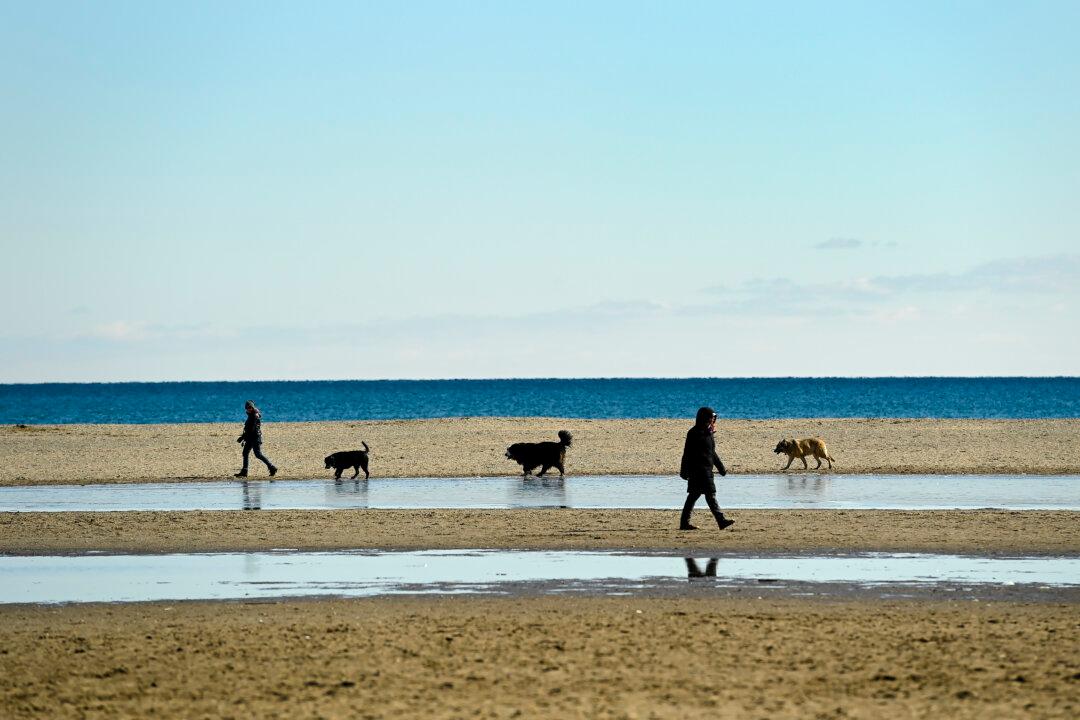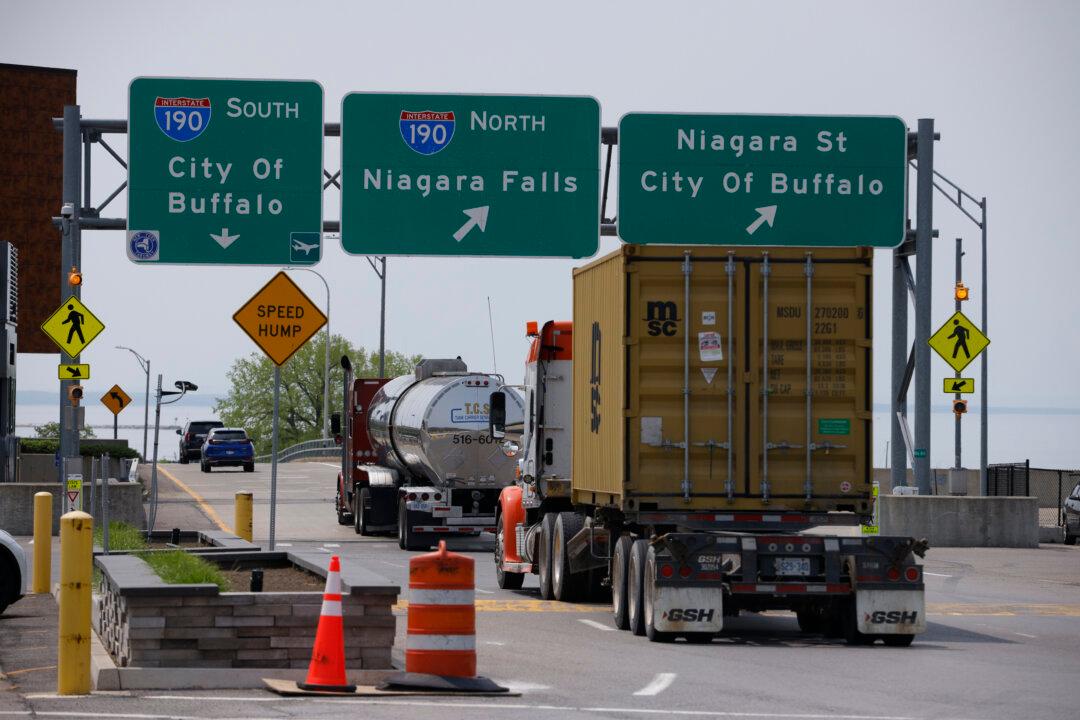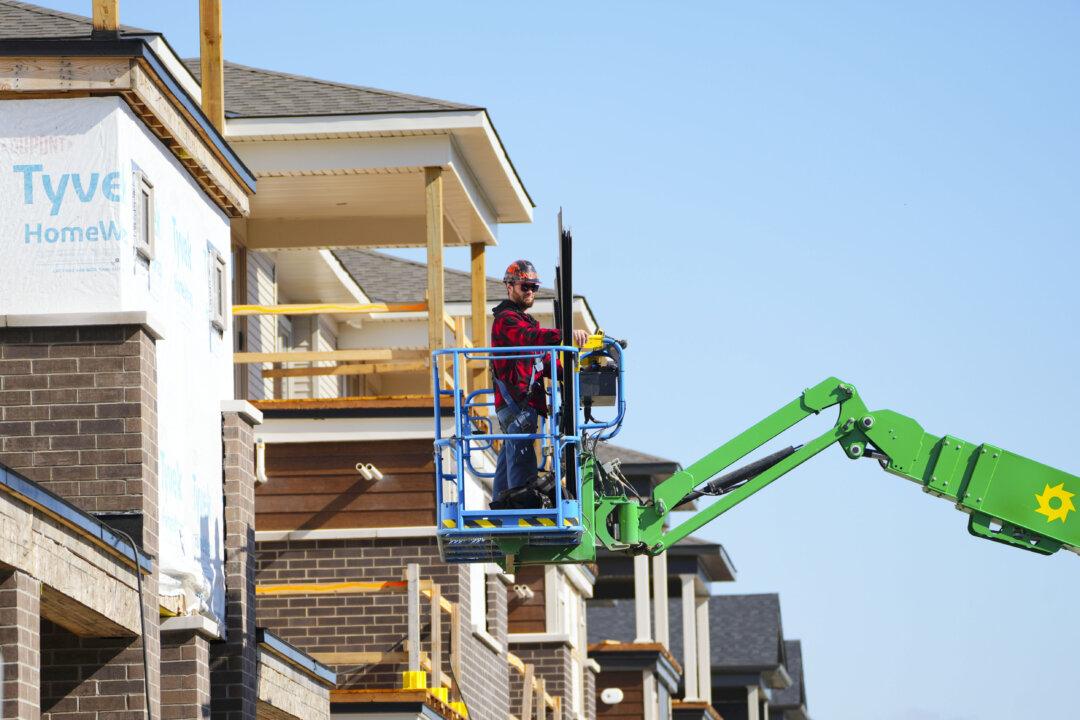The most controversial topics to cover in journalism aren’t what you might first think. Foreign affairs? Religion? Trump, Biden, Clinton?
Nope. Not by a long shot. Sure, people are deeply passionate about these topics. But I’ve learned from my years of newspaper writing that the topics that are most likely to result in your inbox being flooded are voicing an opinion on parking and pets.
That’s because these issues affect people directly in their daily lives, sometimes on an hourly basis. There’s no escaping them.
They also transcend partisan politics. Even if you think you know someone’s politics, there’s no telling what their opinions will be on parking and pets. These issues don’t follow clean lines.
So it is with great reluctance and caution that I wade into one of these two lightning-rod topics: what to do about dangerous dogs. This debate is currently unfolding in Toronto as city hall struggles with what to do following several high-profile cases of dogs viciously attacking people.
The issue is nothing new. Histories of Toronto reveal that council has been debating what to do about dogs since the 1830s—before Canada even formally existed.
But the most recent dog attack truly shocked the city, as it resulted in a child being harmed and left with what police describe as life-altering injuries.
In response, the City of Toronto is planning to visit the 373 households that are currently under “dangerous dog orders.” These are placed upon owners whose dog has already done some form of attack on a person or other animal.
The plan is for city staff to conduct a compliance check by making sure the owner is aware of their obligations under the order and also to have them put a sign in their window informing the neighbourhood that they are subject to a dangerous dog order. The rules also now stipulate that owners who are non-compliant with the dangerous dog order could face fines of $615 from the city or court-ordered fines of up to $100,000 if convicted.
The order mandates that they muzzle their dog, train it, and not allow the dog into off-leash areas.
This all seems both too little and too much at the same time.
It’s too much in that sending city staff to knock on the doors of these homes—when people may not be in or may not answer the door—is a waste of resources. It’s also hard to believe that people will comply by putting a scarlet letter-style sign in their window, identifying them as something of a criminal.
But more importantly, it’s too little in that it’s still far too lenient on repeat offenders. In all the recent cases of dog attacks, all of the dogs were already on the dangerous dog order list. Yet they still attacked people.
These weren’t one-offs or freak accidents. They were accidents waiting to happen from dogs and owners who had already caused trouble and were instructed to clean up their act and didn’t.
If we know that all the major dog attacks in the past year have been caused by dogs already under an order, that’s an indication that being under the order doesn’t work. Instead, all 373 of these dogs should be seized from their owners, and the owners should not be allowed to own dogs again.
We also need to bring in more penalties in general in relation to poor dog-owner behaviour. Residents of Canadian cities increasingly live cheek-by-jowl in downtown concrete jungles. A lot of people have dogs and not all of them are responsible owners.
We need to issue fines to people more often for not picking up after their pet or letting their dog become unruly. Think of it as the broken windows theory applied to animal conduct—if we don’t get the small things in check, it’s an invitation for even worse conduct to occur.
I write all of this as a dog lover, and I know other pet owners agree with me. They’re upset that a small minority of badly behaving pet owners are dragging things down for everyone else.







